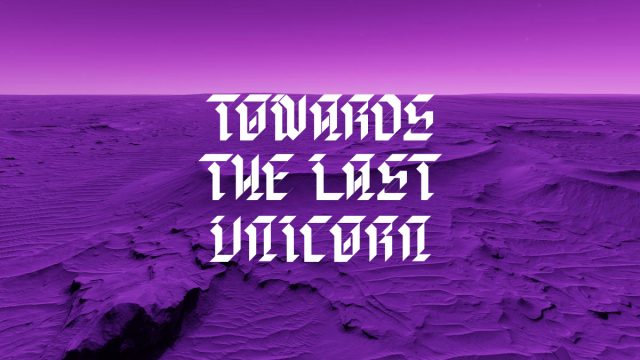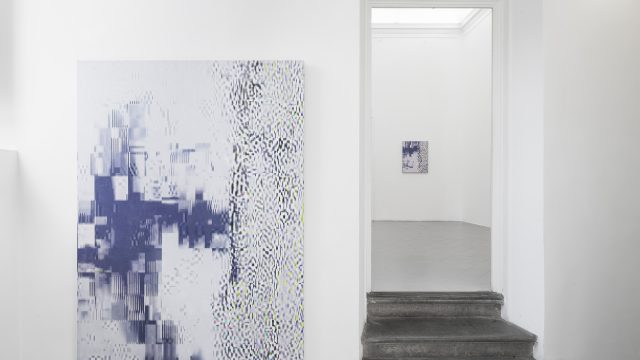Trevor Paglen will give walk-throughs of the exhibition at 3pm on September 9 and 23.
On September 16 at 1pm, he will be joined in discussion by leading computer vision and artificial intelligence researcher and AI Now Initiative co-founder Kate Crawford.
Trevor Paglen’s A Study of Invisible Images is the first exhibition of works to emerge from his ongoing research into computer vision, artificial intelligence (AI) and the changing status of images. This body of work has formed over years of collaboration with software developers and computer scientists and as an artist-in-residence at Stanford University. The resulting prints and moving images reveal a proliferating and otherwise imperceptible category of “invisible images” characteristic of computer vision.
Paglen’s exhibition focuses on three distinct kinds of invisible images: training libraries, machine-readable landscapes, and images made by computers for themselves. For Machine-Readable Hito, for example, Paglen took hundreds of images of artist Hito Steyerl and subjected them to various facial recognition algorithms. This portrait of Steyerl presents the images alongside metadata indicating the age, gender, emotional state and other signifiers that the algorithms have interpreted from the images. In another portrait in the show, Paglen trained facial recognition software to read the face of philosopher Frantz Fanon. A ghostly image of Fanon shows the facial signature–the unique qualities of a face as determined by biometric recognition software–used by computer vision to identify an individual.
To make the prints in Adversarially Evolved Hallucinations, Paglen trained an AI to recognize images associated with taxonomies such as omens and portents, monsters, and dreams. A second AI worked in tandem with the first to generate the eerie, beautiful images that speak to the exuberant promises and dark undercurrents characterizing our increasingly automated world.
The video installation Behold These Glorious Times! brings together hundreds of thousands of training images routinely used for standardized computer vision experiments and pairs them with visual representations of an AI learning to recognize the objects, faces, expressions and actions. A loose narrative begins to emerge about the collapsing distinctions between humans, machines and nature. Electronic musician Holly Herndon composed a soundtrack using libraries of voices created to teach AI networks how to recognize speech and other acoustic phenomena.
A Study of Invisible Images builds on Sight Machine, a work staged in San Francisco earlier this year in collaboration with the Kronos Quartet. As the quartet played a concert, cameras attached to computer vision algorithms used in self-driving cars, guided missiles, spy satellites and other autonomous vision systems projected what they “saw” onto a screen behind the musicians.
Metro Pictures (press release)
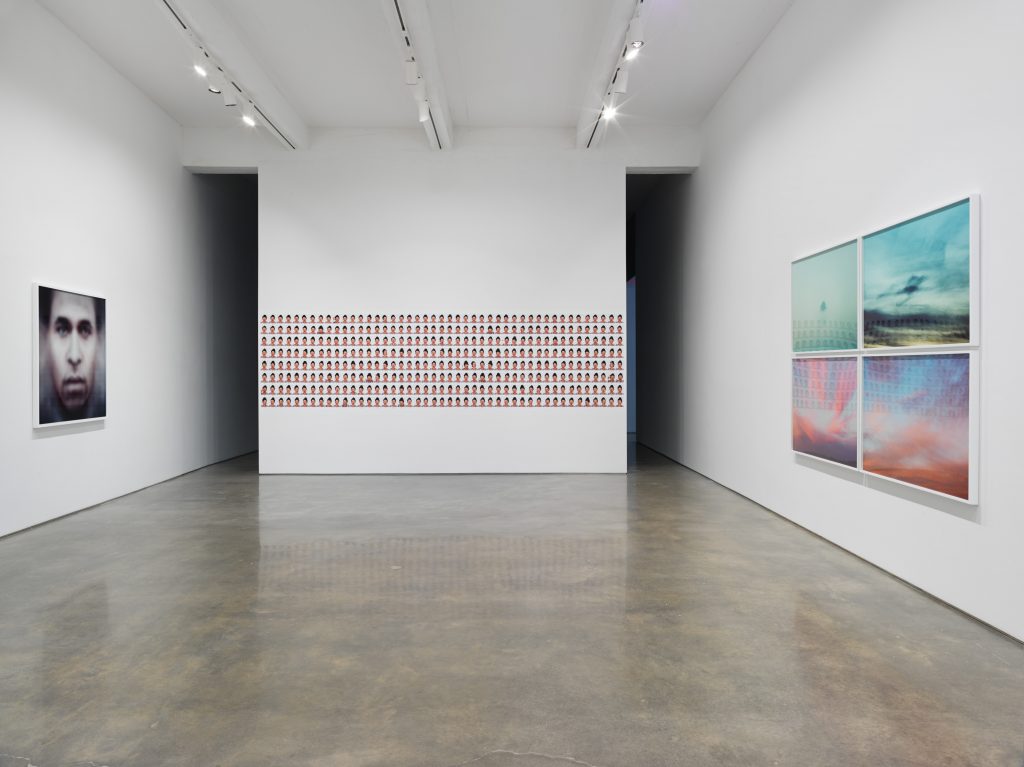
Installation view, 2017. Metro Pictures, New York.
Courtesy of the artist and Metro Pictures, New York.
Photo: Genevieve Hanson.

Scale Invariant Feature Transform; Maximally
Stable Extremal Regions; Skimage Region
Adjacency Graph; Watershed, 2017
quadriptych; each pigment print, 33 x 46 inches (each image) 83.8 x 116.8 cm
33 7/8 x 46 7/8 inches (each frame) 86 x 119.1 cm. Edition 1 of 5
Courtesy of the artist and Metro Pictures, New York

adhesive wall material, 193 x 55 1/8 inches, 490.2 x 140 cm
Edition 1 of 1
Courtesy of the artist and Metro Pictures, New York

Installation view, 2017. Metro Pictures, New York.
Courtesy of the artist and Metro Pictures, New York.
Photo: Genevieve Hanson.

pigment print
63 x 72 inches (image), 160 x 182.9 cm
63 3/8 x 72 1/2 inches (frame), 161 x 184.2 cm. Edition 1 of 5
Courtesy of the artist and Metro Pictures, New York
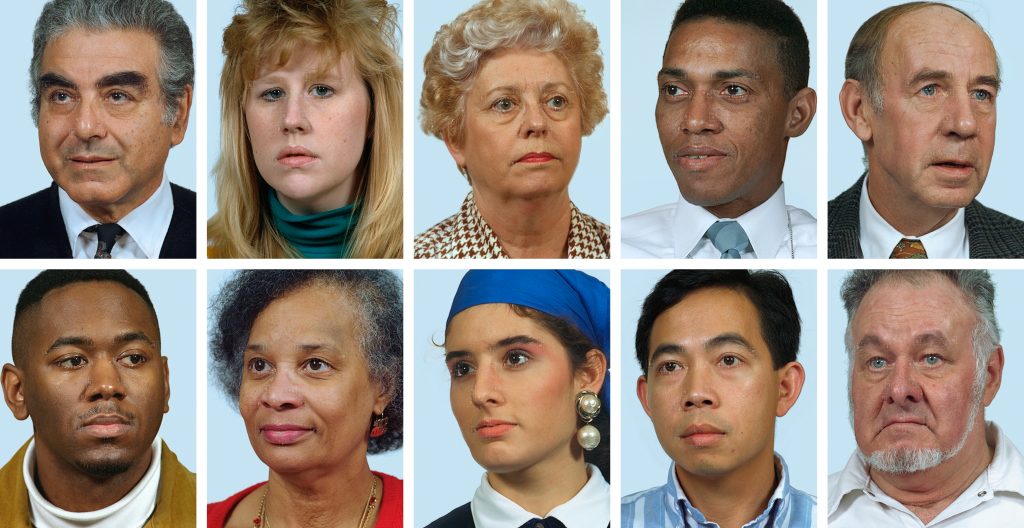
set of ten pigment prints, glossy finish
13 5/8 x 10 1/2 inches, 34.6 x 26.7 cm
14 1/8 x 11 inches (each frame), 35.9 x 27.9 cm. Edition 1 of 5
Courtesy of the artist and Metro Pictures, New York
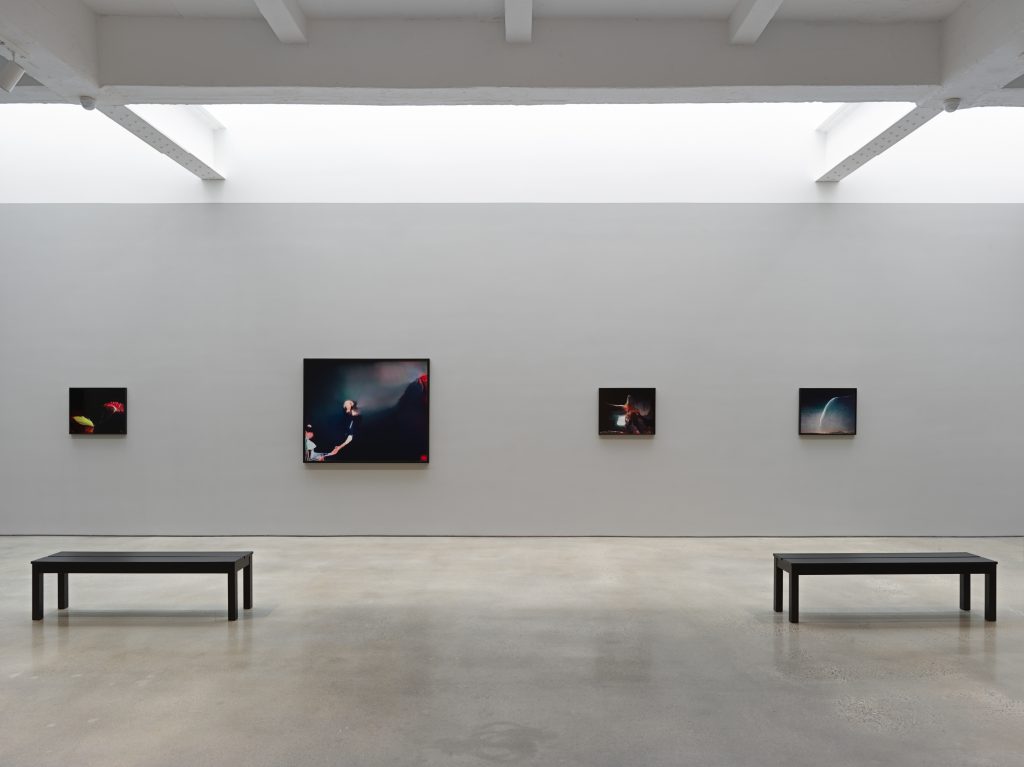
Installation view, 2017. Metro Pictures, New York.
Courtesy of the artist and Metro Pictures, New York.
Photo: Genevieve Hanson.

Adversarially Evolved Hallucination, 2017
dye sublimation metal print
21 1/2 x 26 7/8 inches (image), 54.6 x 68.3 cm
22 1/4 x 27 5/8 inches (frame), 56.5 x 70.2 cm. Edition 1 of 5
Courtesy of the artist and Metro Pictures, New York

Adversarially Evolved Hallucination, 2017
dye sublimation metal print
48 x 60 inches (image), 121.9 x 152.4 cm
49 5/8 x 61 1/2 inches (frame), 126 x 156.2 cm. Edition 1 of 5
Courtesy of the artist and Metro Pictures, New York

Installation view, 2017. Metro Pictures, New York.
Courtesy of the artist and Metro Pictures, New York.
Photo: Genevieve Hanson.
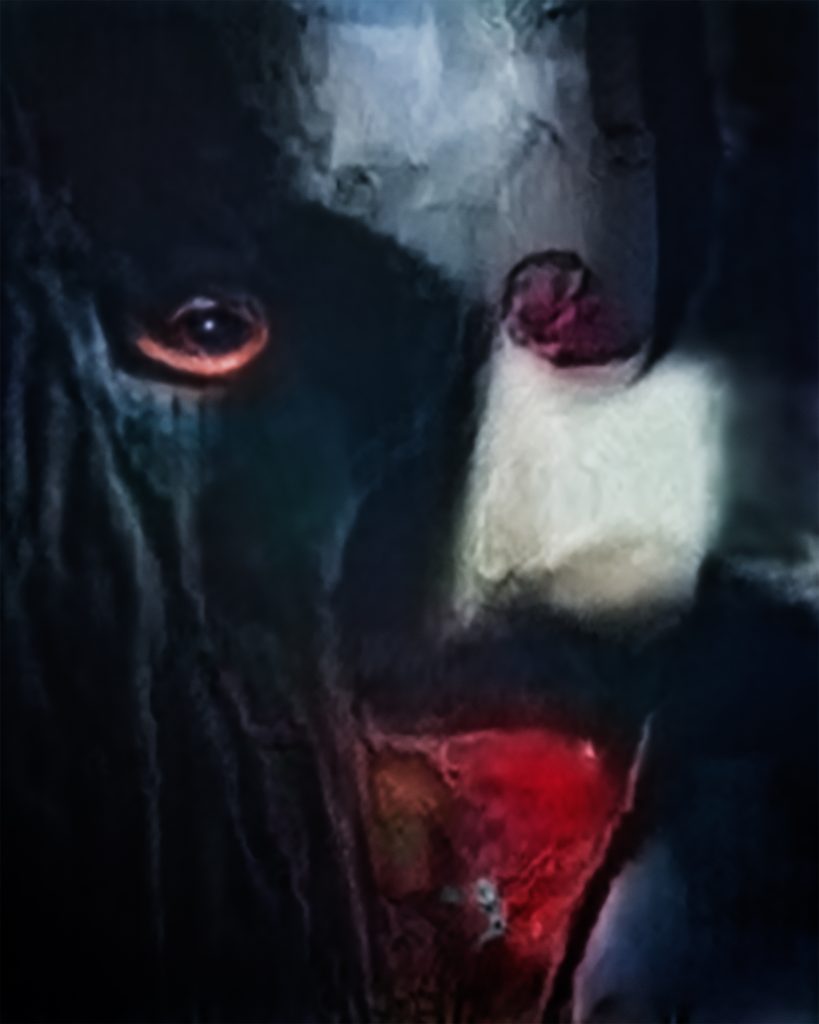
Adversarially Evolved Hallucination, 2017
dye sublimation metal print
60 x 48 inches (image), 152.4 x 121.9 cm
61 5/8 x 49 1/2 inches (frame), 156.5 x 125.7 cm. Edition 1 of 5
Courtesy of the artist and Metro Pictures, New York

Installation view, 2017. Metro Pictures, New York.
Courtesy of the artist and Metro Pictures, New York.
Photo: Genevieve Hanson.
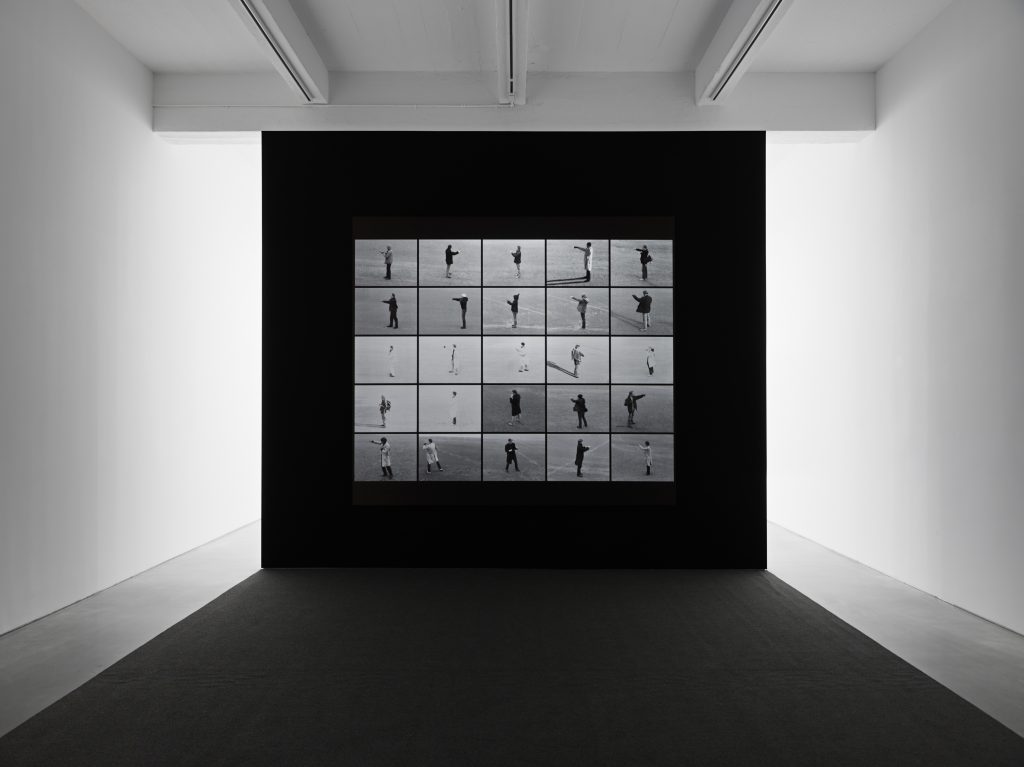
Installation view, 2017. Metro Pictures, New York.
Courtesy of the artist and Metro Pictures, New York.
Photo: Genevieve Hanson.

